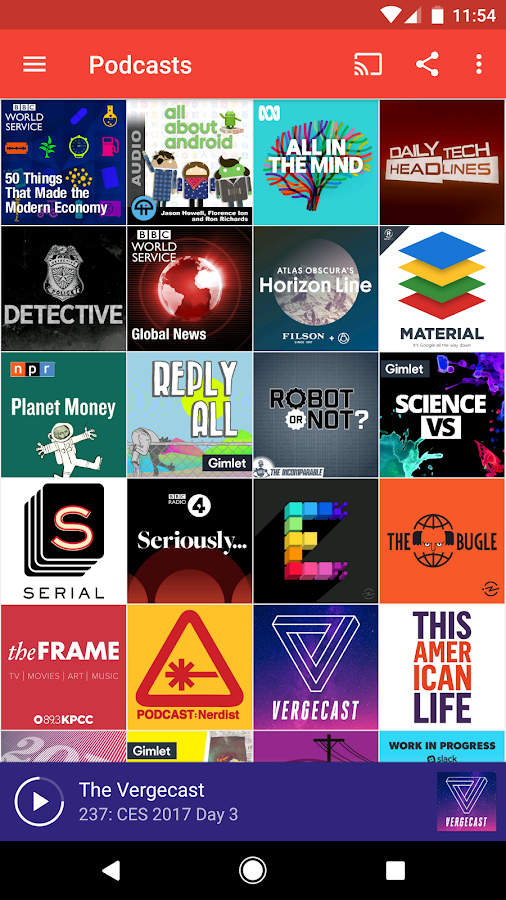

Removed: Viddler (removed due to the service shutting down their oEmbed endpoint).Added: CollegeHumor, Issuu, Mixcloud, YouTube playlists, TED talks.Major reworking of the preview code showing embeds within the editor wp.mce.views.Removed: Qik (the service shutting down in April 2014).Added: Instagram, SoundCloud, SlideShare.Embed options were removed from the Settings Media Screen.Introduction of the builtin Embeds support.– Official oEmbed website with technical details of the spec.YouTube – only public and “unlisted” videos and playlists can be embedded.Remove the ‘s’ from the https to fix the issue. Twitter – older versions of WordPress have issues with https embeds.Tumblr – only posts (/post/etc) are recognized, not standalone images (/image).

To embed Facebook and Instagram links into your site, you need a developer account and an appid, and provide an authentication token with their call to the endpoint. Facebook and Instagram: Due to Facebook’s decision to close the oEmbed end point for embedding Facebook and Instagram links, the block will not work anymore after October 24, 2020.Post, activity, photo, video, media, question, note WordPress can embed content from the services listed below: Service You can also use Embed blocks build for specific third-party services such as YouTube Embed, Vimeo Embed, etc.įor a full list of embeds, check out the article: list of all embed blocks. Using the generic Embed Block, you can paste the URL from the third-party site that you want to embed the content such as YouTube, Vimeo, TED, etc on your post or page. You are creating a link to the content, from within your post or page. When you are embedding content, you don’t need to upload the content to your WordPress site. An example of this is embedding a YouTube video in your post or page. Since WordPress 5.0, the WordPress block editor has an easy way to add videos, images, tweets, audio, and other content from third-party services into your WordPress site by embedding.


 0 kommentar(er)
0 kommentar(er)
